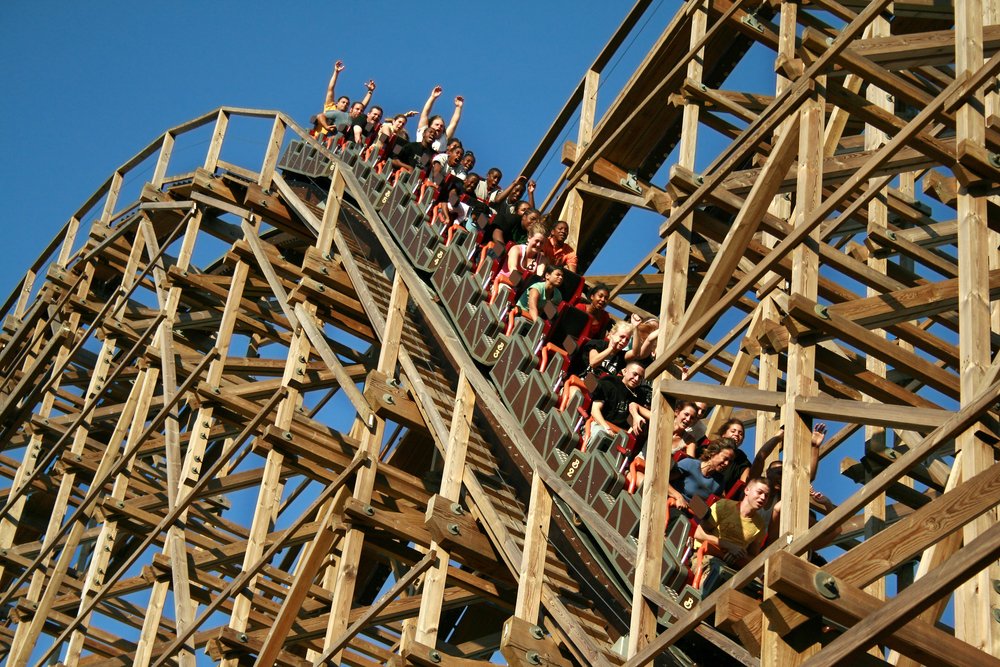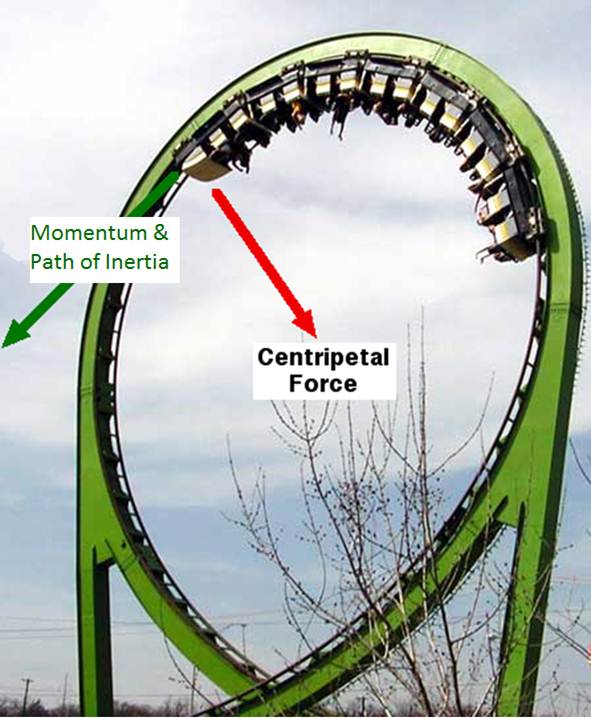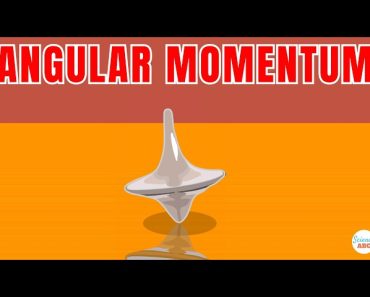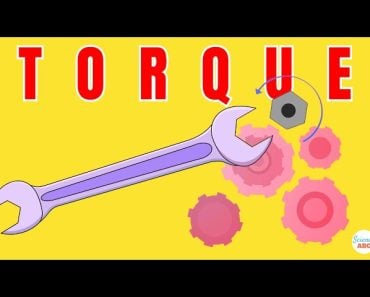Table of Contents (click to expand)
Roller coasters stay on track because of the design of the roller coaster cars and the track, and because of the forces of centripetal force and inertia.
Have you ever been on a roller coaster? If you’ve experienced it even once, then you know one thing for sure – it is a crazy feeling. The endless twists and turns it takes along its small, exhilarating, and sometimes scary journey are sure to give you the goosebumps. You’ll either swear off roller coasters forever or be hooked for life.
Having said that, for someone who has never experienced a roller-coaster ride before (or even the people who have), it’s hard not to wonder why those people don’t fall off when the roller coaster performs one of its characteristic upside-down loops?
Obviously, something has kept millions of people from falling to an unpleasant landing, so let’s find out a bit more about this interesting phenomenon.
Recommended Video for you:
Design Of A Roller Coaster
Roller coasters are primarily broken down into two types: wooden and steel.

There are certain features on the wheels of wooden roller-coaster cars to ensure that the roller coaster does not flip over. However, the wooden design is less flexible (due to obvious reasons), which is why wooden roller coasters don’t perform twists and loops that are too steep or large, as the safety of passengers in those more difficult maneuvers cannot be guaranteed. We certainly wouldn’t want anything bad to happen on your summer vacation!

The other variety of roller coasters is steel-made. Due to the enormous strength of steel, it is much more dependable than wood. They are also more flexible, so it becomes possible to make more complex loops on the track, meaning even more fun for thrill-seekers!
Centripetal Force And Inertia
The action of a roller coaster has a lot to do with a special type of force called centripetal force. This is the force that acts on a body moving in a circular motion and is always directed towards the centre of the circular motion of that body. In other words, it is a force that makes an object to follow a circular path without moving off of that track.

When the roller coaster takes a sharp turn, passengers have a sensation of being pushed outwards, that is, away from the loop. This is caused by inertia. Therefore, when you are in an upside-down loop, although gravity is pulling you downwards, the force of acceleration due to the motion of the roller coaster is much more stronger than the force of gravity. This force of acceleration is pushing you upwards, i.e., pushing you further into your seat so you don’t fall off while spinning around the top of a loop.
However, it should be noted that the loops have to be elliptical, as perfectly spherical loops would be too uncomfortable for the passengers due to such a strong centripetal force.
Energy Is The Force That Keeps It Going
Typically, roller coasters don’t have engines of their own to generate energy. The climb up the first massive hill is accomplished by pulling the car using cables, which provides the car with sufficient potential energy. After that, the roller-coaster flies down at a very high speed, using this potential energy. This speed gives it kinetic energy, which is then used to climb the next hill. The process is repeated until the end of the ride, where the hills are comparatively less steep, as the energy (potential or kinetic), has been lost due to the friction of the wheels against the rail and the wind. This is also why roller coasters without their own engines cannot be too long, as energy is inevitably lost along the way.
Still, a great deal of care is taken to make sure that all passengers are safe during a roller-coaster ride. The zig-zags and rapid ups and downs are enough to make many people nauseous for a short time. However, even if you’re feeling a bit green after stepping off a thrilling ride, there is no denying that roller coasters continue to be a symbol of pure craziness and a unique thrill.












